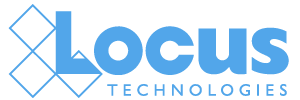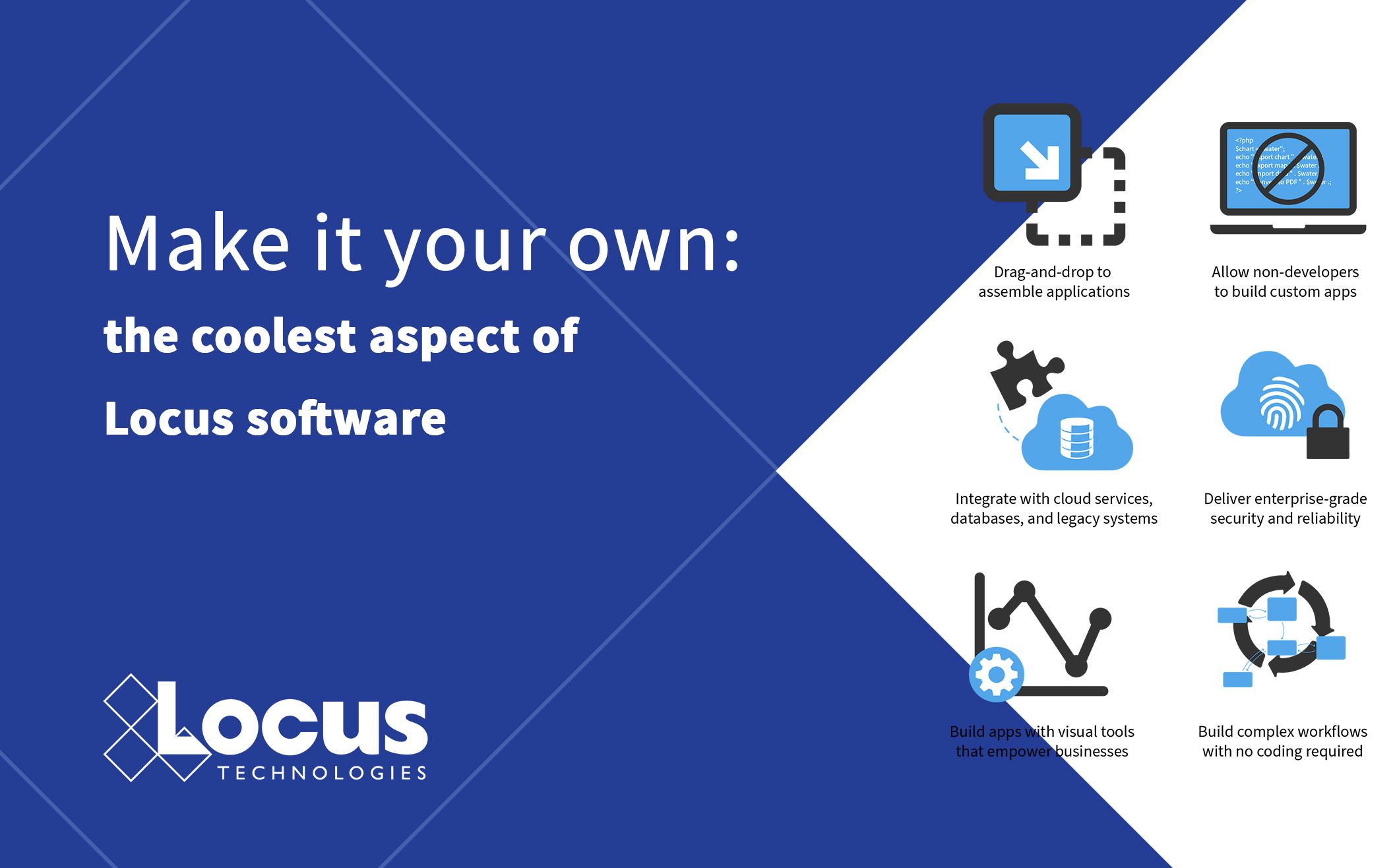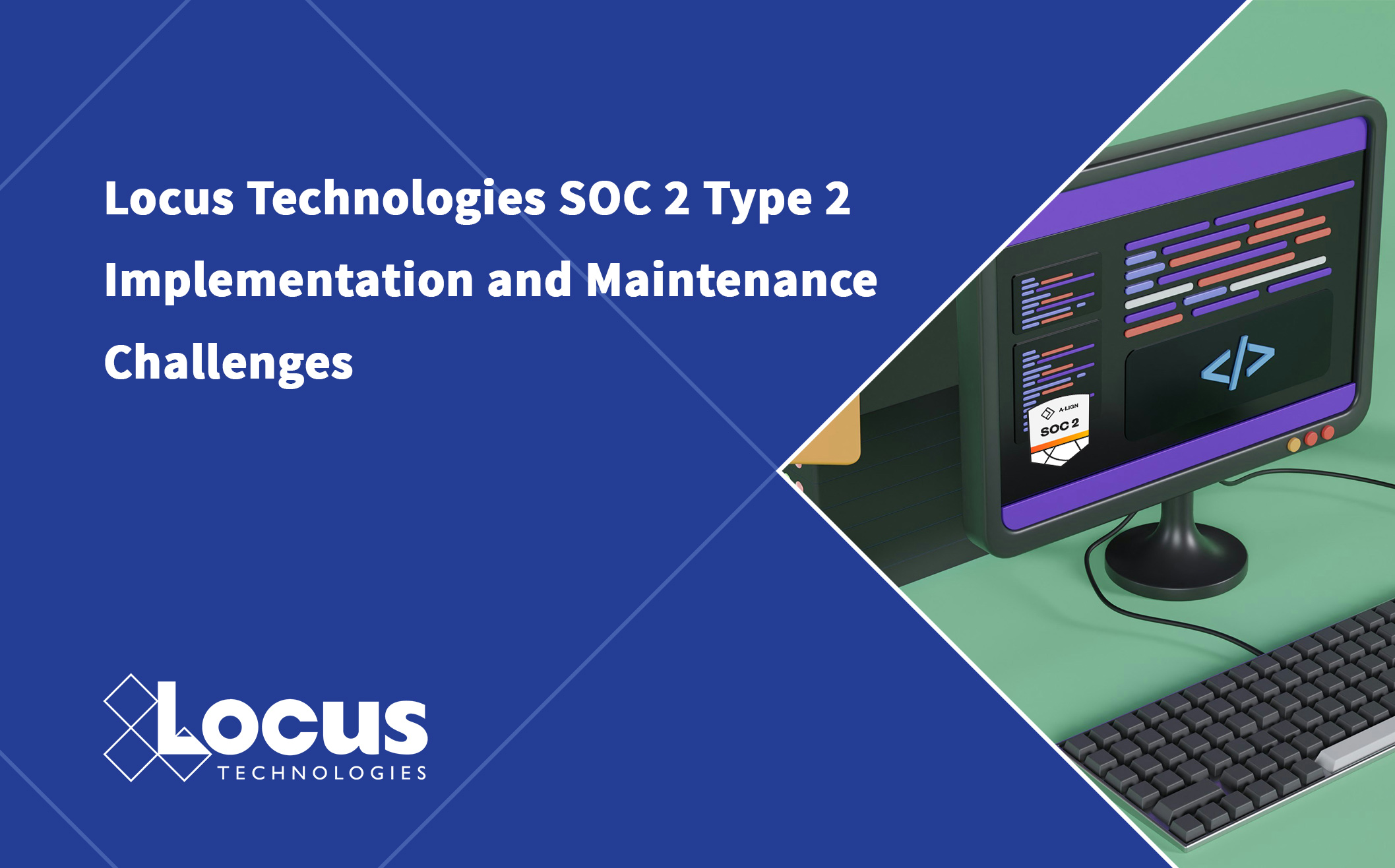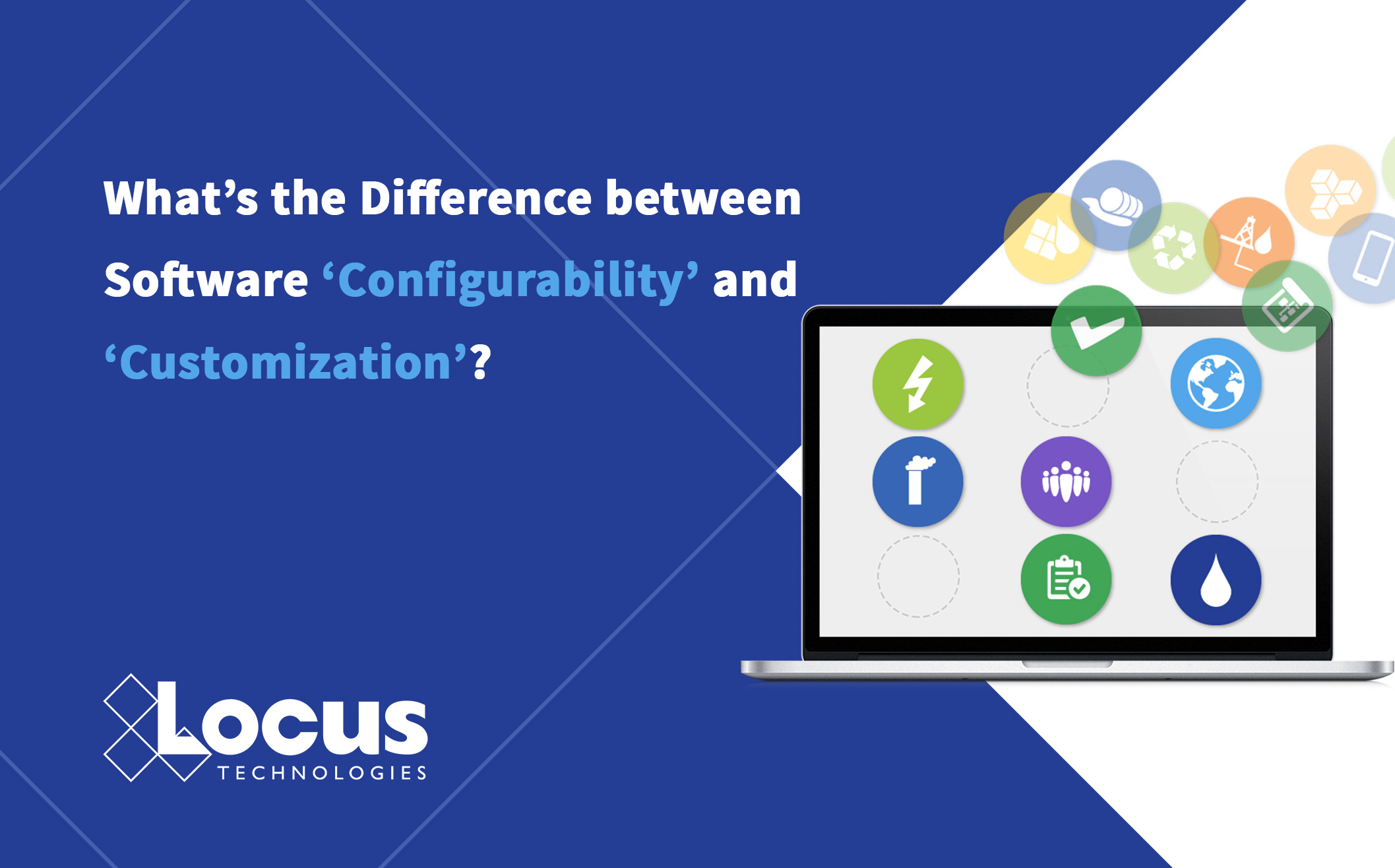
There’s a Looney Tunes cartoon, ‘Design for Leaving,’ where Daffy Duck sells Elmer Fudd a collection of home improvements. The customizations aren’t quite what Elmer expected, such as a wallpaper remover that removes the paper AND the wall, or a garbage disposal that is just a pig in a box. At the end, Elmer presses a red button marked “in case of tidal wave” that lifts the house high into the air. Daffy then flies by and offers to sell Elmer the “blue button to get you down.”
When I hear Locus’s competitors claim their software is configurable, I am reminded of this cartoon. For many EHS compliance software companies, when they say ‘configuration’ they mean ‘customization.’ Anything in the software can be customized, but only by the vendor and for a price. When you buy their software, you must adapt your processes to fit its constraints, or you must buy another button or two to get the functionality you want.
In contrast, Locus EHS compliance software is built around the principle of USER configurability. When you buy software from Locus, you’re able to create the exact workflow that you need – without involvement or invoices from us.
- The Locus Platform lets you configure custom forms, reports, dashboards, surveys, and exports, to complement and extend Locus pre-built applications. You also can easily build your own apps in the Platform to manage a wide range of data such as waste, safety, assets, compliance, incidents, sustainability, refrigerants, human resources, emissions, and produced water.
- The Locus EIM and GIS+ applications let you create your own queries, reports, maps, and export formats within the Locus framework for analytical data.
- The Locus Mobile app lets you design your own data collection forms for mobile devices.
User configurability is a key component of Locus software and is always built into new Locus apps. As an example, the recently added Calculation Sheet Module uses metadata to define and execute spreadsheet calculations such as formulas used for chemical analysis. New sheets and calculations can quickly be added by users without the need for custom software development. Below is an example of a calculation sheet for liquid perchlorate analysis.
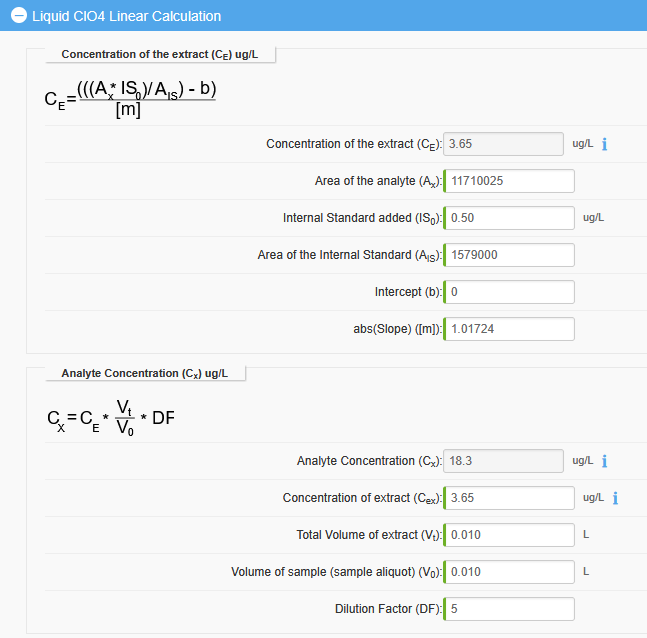
In summary, when buying environmental software, particularly EHS compliance software, make sure it is truly configurable and not merely customizable. Don’t keep buying buttons.
Locus is the only self-funded water, air, soil, biological, energy, and waste EHS software company that is still owned and managed by its founder. The brightest minds in environmental science, embodied carbon, CO2 emissions, refrigerants, and PFAS hang their hats at Locus, and they’ve helped us to become a market leader in EHS software. Every client-facing employee at Locus has an advanced degree in science or professional EHS experience, and they incubate new ideas every day – such as how machine learning, AI, blockchain, and the Internet of Things will up the ante for EHS software, ESG, and sustainability.
